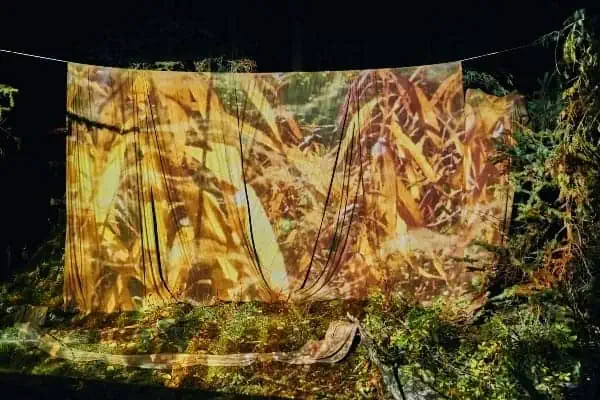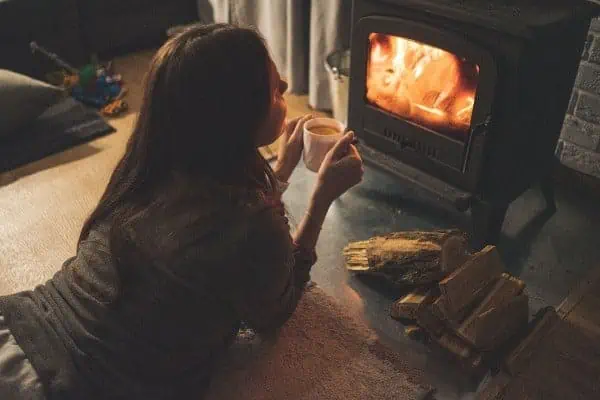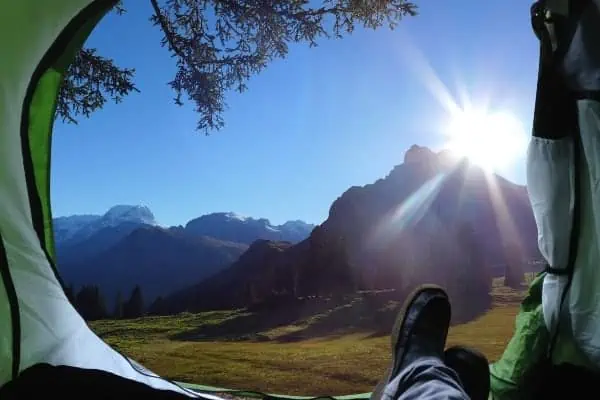Sleeping bags are available from $25 to $2500, depending on your needs and budget. They will all be satisfactory if used as intended, but none will work very well if used other than what they were made for. Sleeping bags come in a couple of different shapes, a multitude of materials, and a variety of fairy-tale temperature usage guides.
The two sleeping bag shapes are mummy-type and rectangular, or barrel-shape. If you are not claustrophobic, the mummy bag has the advantage of being smaller and easier to stuff in a compact package. Beyond that, it also fits more tightly around your body, leaving less air space to be warmed up by the heat from your body. The rectangular bag fits more loosely and leaves more space to be warmed by you.
The rectangular bag is larger when packed but can be more comfortable if you are bothered by a lack of space.
The ultimate sleeping bag is quite expensive, filled with premium down, and squishes down to a very small package for carrying. Pound for pound, down is the best sleeping bag or garment insulator. Its extreme shortcoming is that it loses insulating ability if it gets wet; down is the best choice if you can keep it dry.
Manufactured fills go by many names, but original ones like Hollofill or Quallofill are good substitutes for down. They are somewhat bulky, but retain their insulating qualities even when subjected to moisture.
Cheap sleeping bags use different stitching methods than higher quality bags. In quality bags the down or manufactured fill is held in place by horizontal stitching and a system of baffles which keep the fill from settling or compacting. Lower priced bags use lower quality zippers and usually don’t have a filled baffle along the inside length of the zipper to keep the heat inside. Some matching bags have zippers that can be connected to make a double bag which is really only useful in warmer situations due to the drafty, large opening at the top.
A major consideration in purchasing a sleeping bag is the temperature rating assigned by the manufacturer. These people want to sell sleeping bags, so in most cases these ratings are extremely optimistic. A more expensive bag from a high-quality manufacturer will likely be closer to the company’s temperature rating. In all circumstances a too warm sleeping bag used with the zipper open is a much better plan than a cheaper bag with an biased temperature rating that has you cold all night.
Two important thoughts about sleeping bag use: use a closed-cell foam under-pad to insulate you from the ground, which is always cold, and either wear or at least keep handy, a wool or fleece toque or balaclava. We lose up to 50 per cent of our body heat through an uncovered head, and that includes while you are in bed.




